Risan
Rich history of the ancient town of Risan thriving on a mix of different cultures — Illyrian, Greek, Roman, Slovenian, Turkish, Venetian and Austro-Hungarian. The town was founded by the Illyrian tribe Rhizonite and got the name Rhizinium or Rhizon. The first mention of it dates back to the middle of the III century BC.

For a long time, it has been the main settlement in Boka. In fact, the entire bay was called Sinus Rhizonikus. The Illyrian coin was the currency in Rhizon. The patron of the town is the Illyrian god of war Medaurus, he is portrayed as a horseman with a spear.
The first rulers of Risan were King Agron and his wife, Queen Teuta. In the years 229-228 BC the Romans conquered the town and Teuta jumped into the sea from a cliff above her beloved city, choosing death over surender.
In 2000, large-scale archeological excavations were started in Risan. New interesting artefacts help us to understand the Illyrian period. For example, in 2016, archaeologists from the University of Warsaw discovered the Queen Teuta Palace, the world's first palace of the Illyrian kings.
Pliny the Younger describes Rhizinium as a fortified city of 10,000 Roman citizens. At his time, it was a big developed settlement. Today, the population of Risan is about 2,000 people, this is a small charming town that carefully preserves its historical heritage.
The Legacy of Queen Teuta
The ancient citadel above Risan used to be a residence of Queen Teuta and King Agron of the tribe of Ardia. After the death of the king, his wife took the power, and the period of her reign is considered the golden time of the Illyrian state.
Queen Teuta tried to make her part of the Bay a safe and secure place. She invited Pirusti tribe to settle nearby, and that settlement evolve into modern Perast.
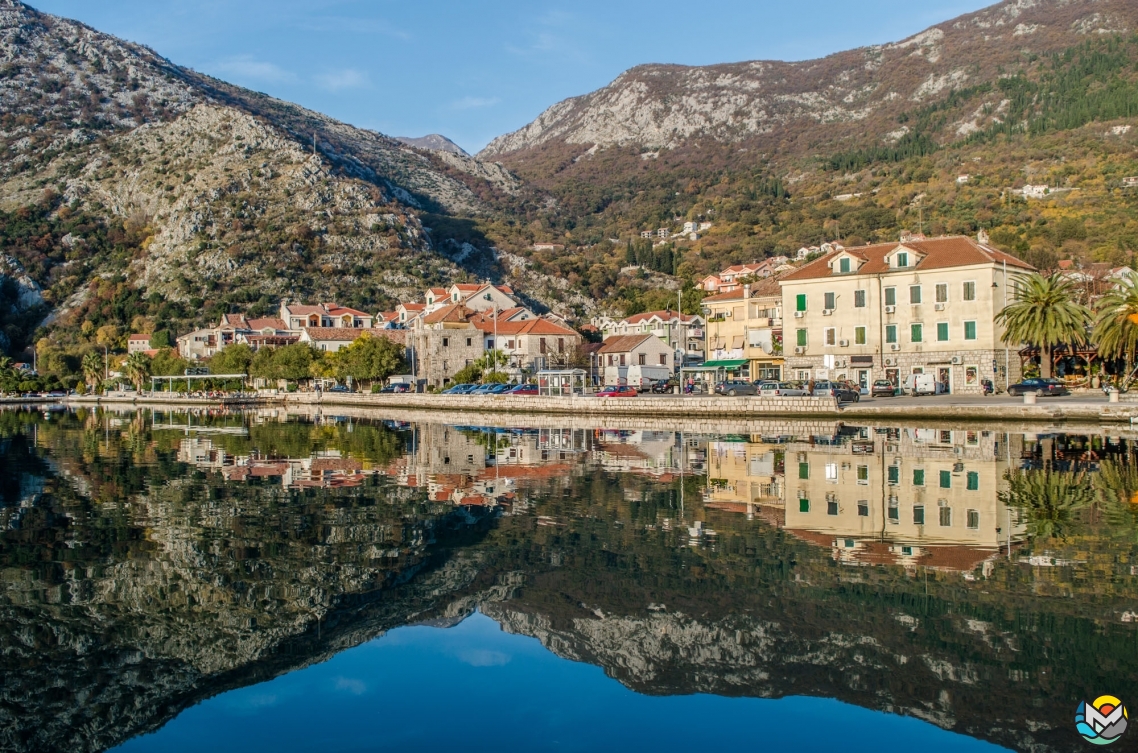
The Queen not only protected her lands, she also expanded them. Having come into conflict with the Greek colonists, she obtained a number of their villages. Her pirate ships terrified the entire Adriatic, threatening Greco-Roman trade routes.
However, this ultimately led to the end of the Illyrian period of Risan. The Romans started the war and stopped the impudent state and its fearless queen.
Queen Teuta and The Town of Oleanders
An old Roman road from Dubrovnik to Dyrrhachium (now the Albanian city of Durrës) passed through Konavle, Sutorina, Morinj and then stretched to Risan and Kotor. Time has erased this path, but it is easy to assume that the winding line of the contemporary Adriatic Highway repeats its curves.
Grand oleanders in glowing red and pink colors adorn the Risan’s section of the highway. According to legend, the oleanders attracted the Illyrians to this part of the Bay. The arrowheads, dipped in poisonous juice of those beautiful plants, were very powerful weapon, and the army of Teuta widely used this opportunity.
After a devastating earthquake in the VI century, the town of oleanders went under the water. Slavic and Avar tribes plundered the remains of Risan. Today, a beautiful hotel named after Queen Teuta stands on the spot of the Queen’s tragic death.
Roman Mosaics
A very good reason to visit Risan — Roman mosaics dating from the II century AC. Unknown masters, day after day, picked up the colored pebbles in order to create the beauty that did not fade for millennia. The well-preserved mosaics formed a floor of an ancient villa.
According to archaeologists, the villa had an area of 790 square meters. There was an atrium — a garden with a rainwater pool.
Along the perimeter located the bedrooms. The mosaic images give us the information, for example, an ax could indicate that there was a weapon hall. And the Greek god of sleep Hypnos adorned, most likely, one of the bedrooms.
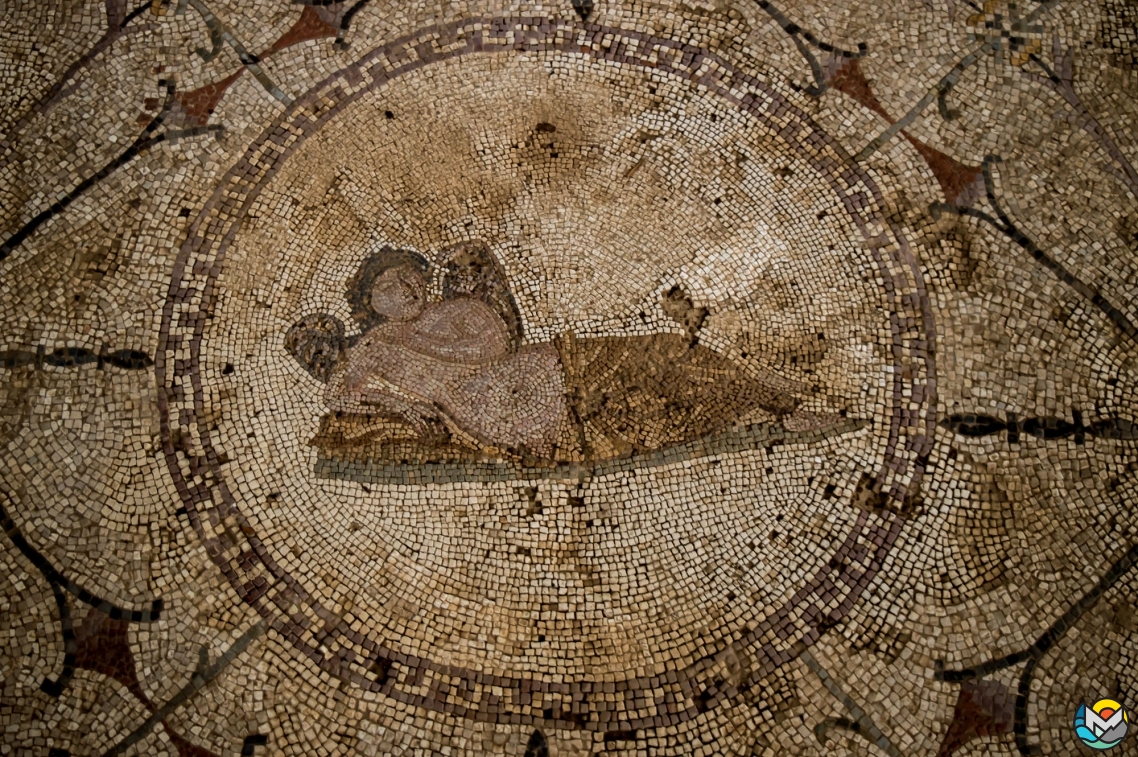
The Roman mosaics of Risan are perhaps the most famous tourist attraction in this part of Montenegro. The cost of visit is 2.5-5 euros.
Perast
The age-old town of Perast lies on the shore of the Bay of Kotor south of Risan. Its first inhabitants were people from the Pirusti tribe, called upon to protect the region from enemies. After the territory was captured by the Romans, the defensive task became a thing of the past, and for a long time, Perast remained just a small fishermen village with a humble shipyard (the first mention of this dates back to 1326).
Well-fortified neighboring city of Kotor controlled the strategically important island of St. George, and this restrained the growth of Perast. Its rising happening after Perast, together with a number of other settlements of the Bay, becomes a part of the Republic of Venice. Bordering the Ottoman Empire, Perast is a stronghold — the Fortress of Holy Cross built in 1570, protects and beautifies the city.
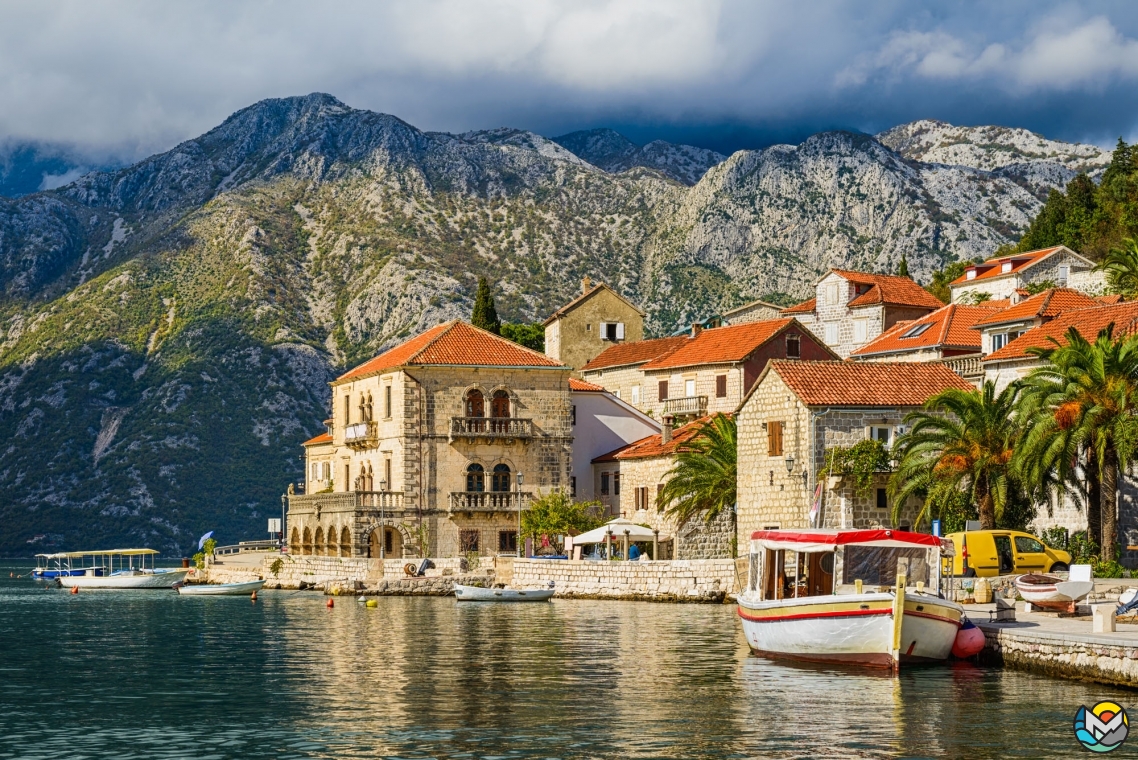
Perast got its modern appearance — exquisite stone mansions and graceful churches — between the XVII and XVIII centuries. It is a perfect example of the lavish Baroque style at the Adriatic coast. Marine and war industries are the main income of the city’s prosperity, and wealthy families build palaces and churches.
The church of St. Nicholas has the most interesting history and appearance. Its walls are painted by the famous baroque artist Tripo Kokolja. The grand 55-meter bell tower symbolizes a Venice’s triumph over the Ottoman Empire.
Later, the Venetian architect Giuseppe Beati decided to rebuild the church, but the construction was interrupted by the Napoleonic Wars. The project was never finished, but despite the lack of money, now the church of St. Nicholas is a wonderful temple and a jewel of Boka.
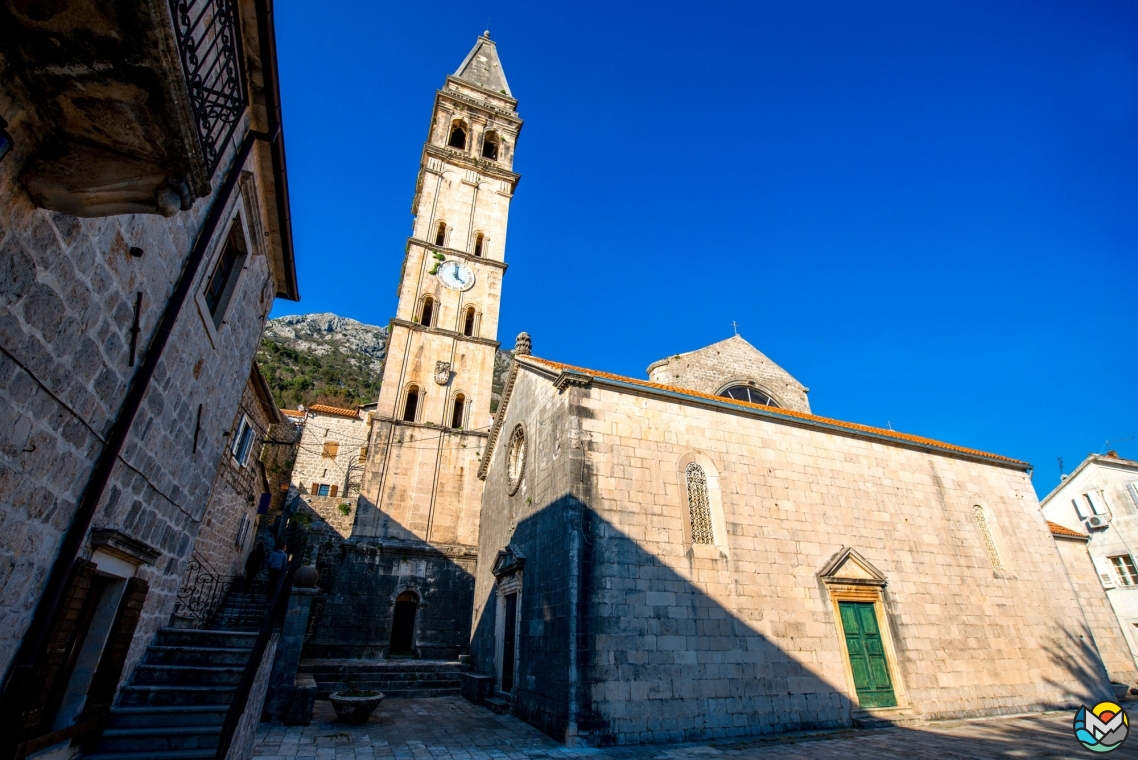
The church of Holy Mother Rozaria with its amazing octagonal bell tower, considered one of the most beautiful on the Adriatic. And the St. Mary Church, built in 1760, has a lavishly decorated facade and rich interiors — all money for the construction came from the humble citizens of Perast.
Of Perast many palaces, Bujović Palace deserves special mention — it is a magnificent example of Renaissance architecture. The local legend says, what the owner — the sailor Vicko Bujović, known for his unpleasant personality — pushed the architect from the roof of the palace, so the architect would never repeat such perfect shapes. Today, the palace houses the Perast City Museum.

In addition to the splendid architecture, the real treasure of Perast is its traditions. There are some examples.
May 1: Mađ
An ancient historical ritual takes place in front of the church of St. Nicholas. A couple of newlyweds brings a young oak tree, decorated with ribbons, pastries and bottles of milk, to the church’s walls. People are singing and dancing, the holiday symbolizes hope, prosperity and fertility. In the past, this was a common event on the Adriatic coast, but now it could be seen only in Perast.
May 15: Gađanje Kokota (Shooting a Rooster)
On this day, the inhabitants of Perast celebrate the victory over the Turks in 1654. A rooster representing the Turkish fleet is sent to the sea on a board, and it should be hit with a shot from an old musket from a distance of about 300 meters. The best shooter receives a šugaman — a towel on which the date of the battle and the date of the celebration are embroidered.
This bright and unusual event is accompanied by feasts, and also protests from animal defenders. In the future, an artificial rooster will most likely replace a real one.
July 22: Fašinada
Fašinada is dedicated to the island of Gospa od Škrpjela — Our Lady of the Rocks. The people of Perast sail to the island with the stones. The tradition is not only symbolic, but also practical: it helps stop the erosion of the man-made island by the sea.
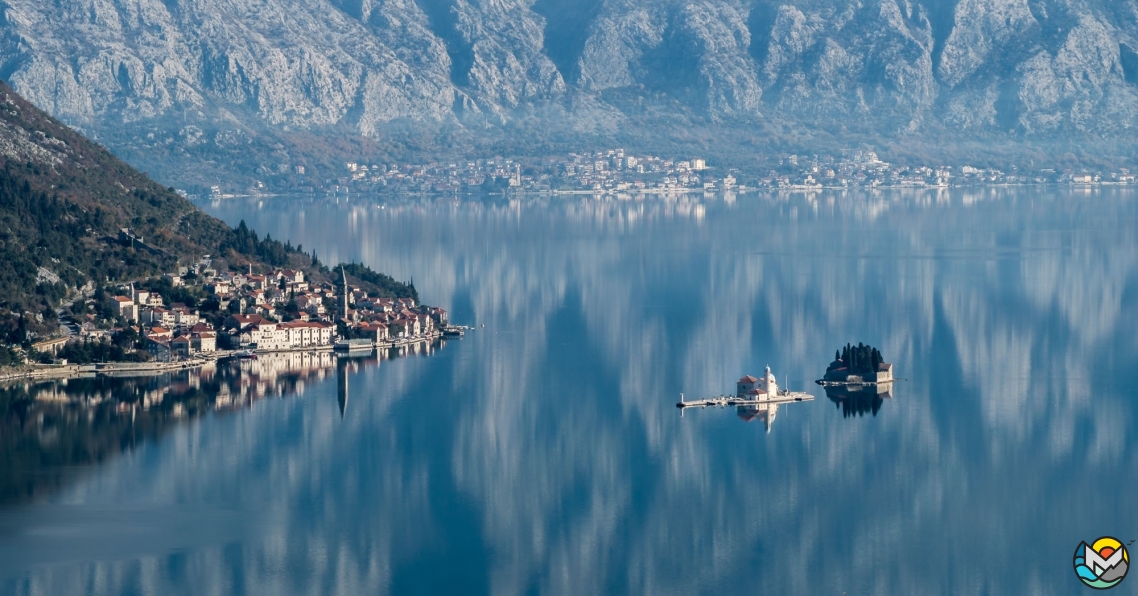
It is now accompanied by a yachting regatta, the Fašinada Cup, with the sailboats racing to Tivat and back.


